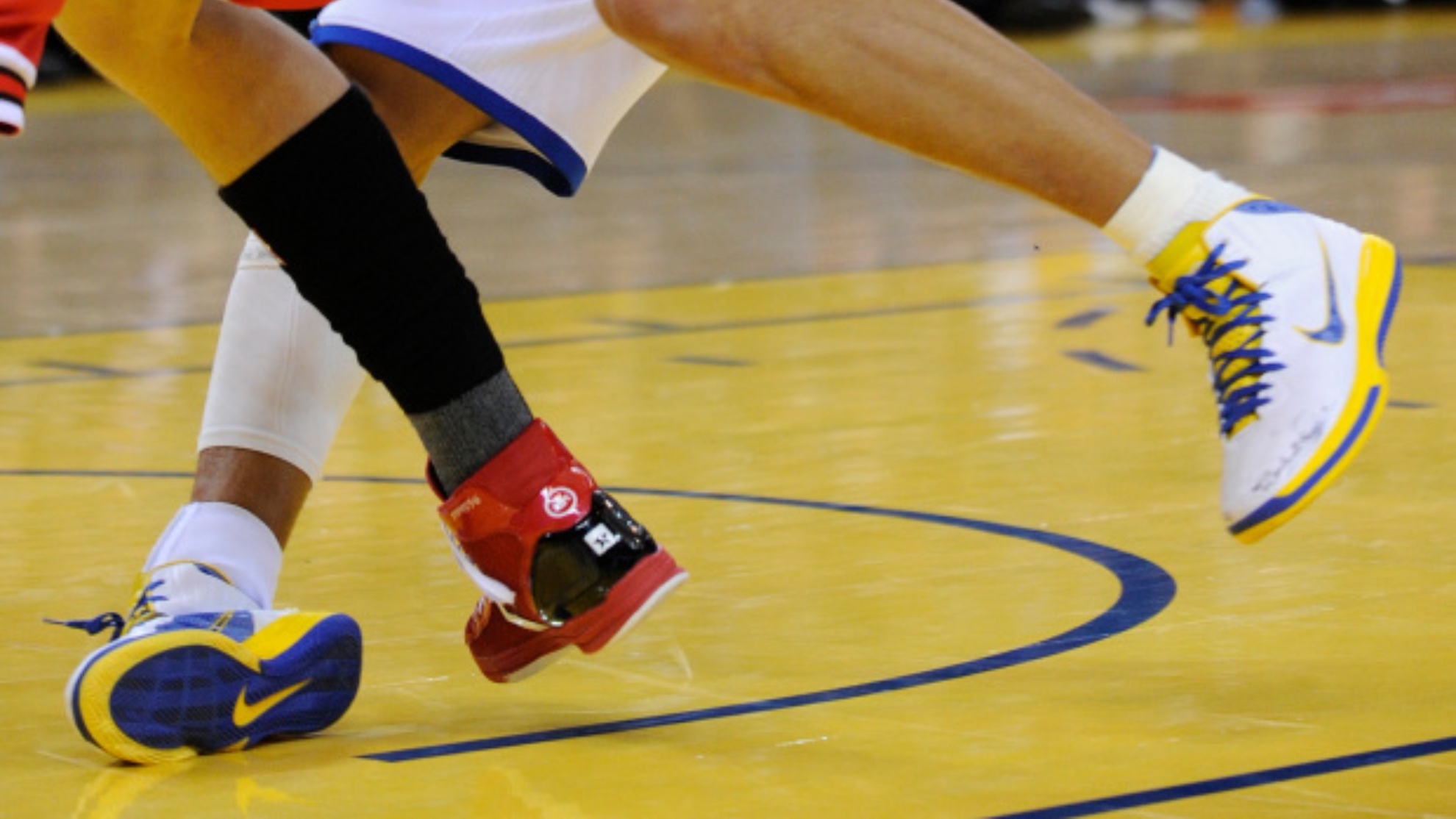Basketball is the third most popular sport on the planet. Many people have a lifelong desire to dunk, go coast to coast, and put the ball through the hoop. If you decide to pursue a career in this, it may be a ton of fun and earn you a lot of money in the future.
Even those on the hooping sidelines, such as bettors or avid fans, can earn some cash out of your pro career indirectly by placing wagers on your team on the best NBA betting sites in 2024 by the link. However, it can also result in harm. If you play basketball for enjoyment or if you are a professional, you need to be aware of the nasty side of the game.
The ankles and feet are the most frequently injured body parts on the court. There will inevitably be examples of injuries because of the nature of basketball, which depends on foot movement and jumping.
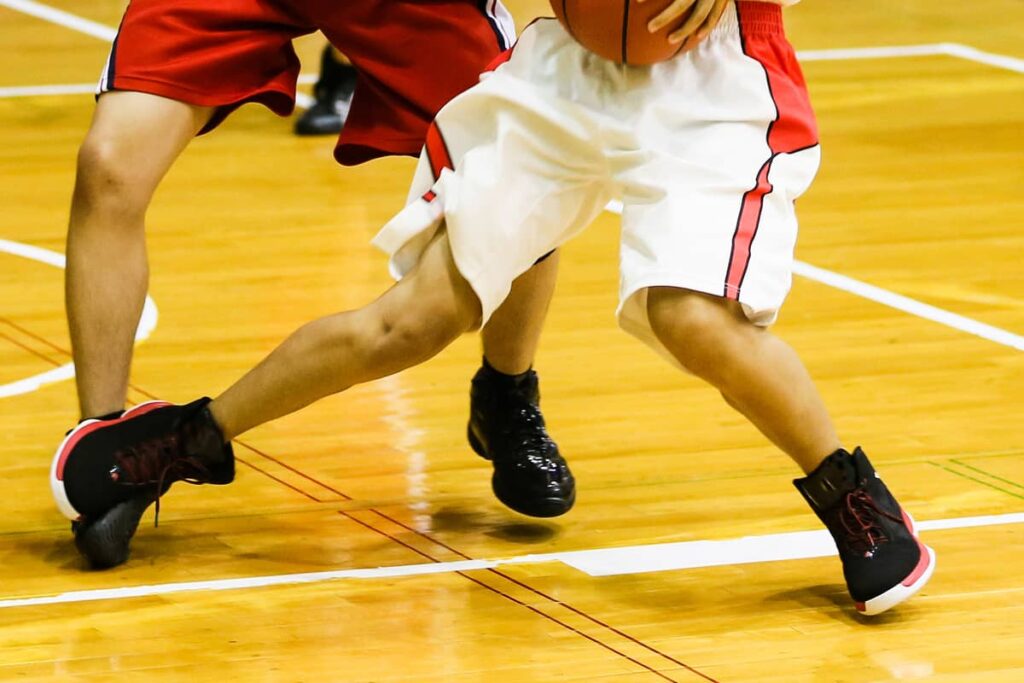
For instance, an ankle sprain affects 25,000 Americans per day, estimated by the American College of Sports Medicine (ACSM). In a single year, this causes around 9 million cases. Additionally, every year, ankle sprains cause over 200k basketball players under the age of 15 to attend the emergency room. More than 100 elite athletes are currently sidelined due to injury. According to the National Institutes of Health (NIH), basketball players are 5 times more likely to hurt an ankle following a previous ankle injury, with a recurrence incidence of 73%.
In this article, we will go over some easy precautions you can take to keep yourself safe while you move around the court, leap to throw the ball in the hoop, and descend softly on the floor. But first, what kinds of typical injuries may you get while playing?
- Ankle sprain: Basketball’s most common injury is an ankle sprain. It is brought on by the ligaments sustaining the ankle tearing as a result of being stretched past their breaking point. It could be minimal in some circumstances and go away after some rest. If the ligaments have sustained a great deal of injury, some patients will require additional care.
- Stress fracture: It can cause muscle fatigue in athletes who perform and train too hard.
- Achilles tendinitis: This happens when the lower leg’s back tendon becomes irritated and inflamed. Your calf muscle and heel bone are connected by the Achilles tendon, the largest tendon in the body. Degeneration and overuse lead to tendinitis. The tendon and the area surrounding the heel bone may become sore as a result.
- Dislocation: When a bone in the foot or ankle shifts out of place, this happens.
- Muscle pull: An overused foot muscle may become strained or torn as a result of overuse.
How, therefore, might these injuries be avoided?
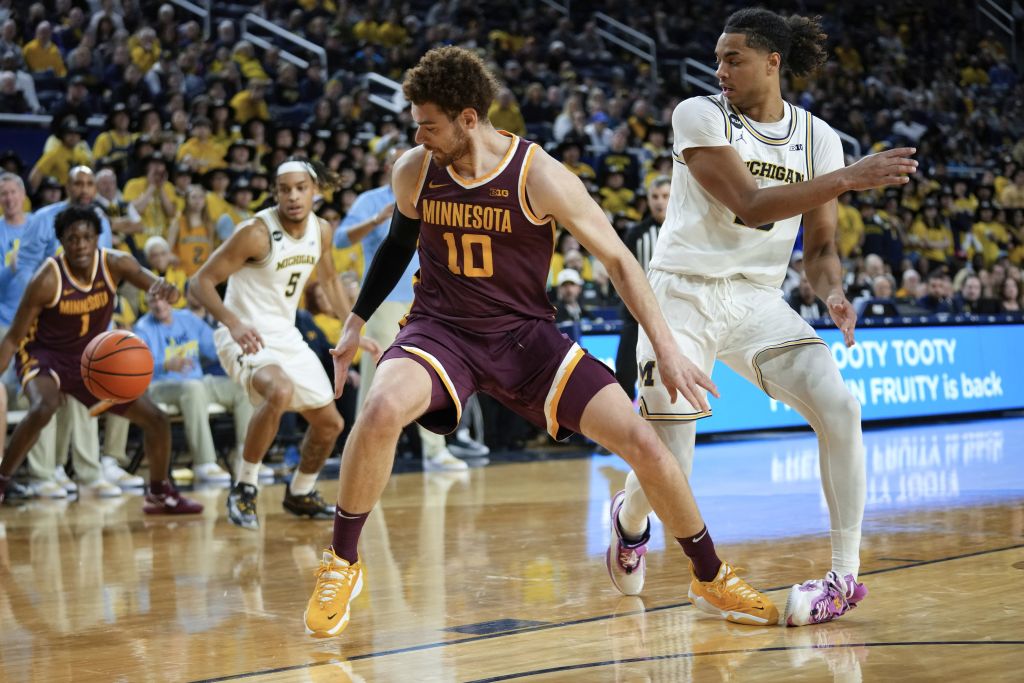
Before Playing on the Court, Warm Up
Warming up your muscles with a light stretch should be done before entering the basketball floor.
The body warms up by jogging for a few minutes and moving around.
Put on Proper Shoes
Your risk of injury is decreased when you wear the appropriate footwear.
Using a sturdy shoe will provide more support for your ankles. The anatomy of your foot is a component you should also take into account while choosing a shoe. Choose shoes with a gentler base and more cushion if your foot is stiffer or has high arches. You should choose shoes that provide support under your arches and in front of the shoes if you have low arches, though. Additionally, you ought to use basketball-specific footwear.
Before You Play, Tape Your Ankles
When playing basketball, you might use tape to provide your ankles more support if you feel that one of your ankles is weak.
Ankle Brace Use
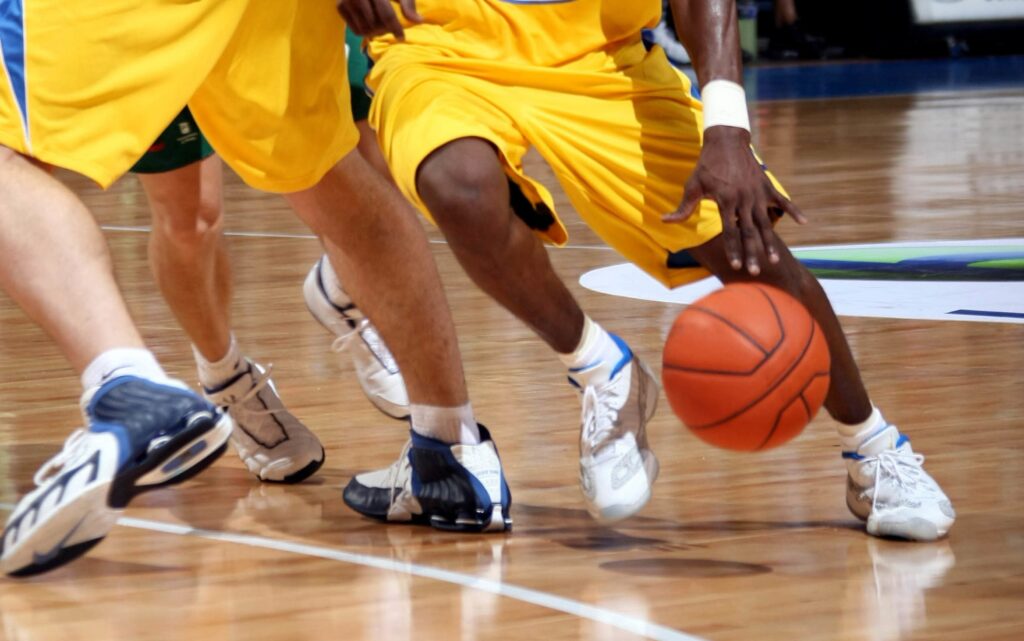
A second alternative is to utilize ankle braces to continue keeping your ankles firm if you see a pattern of sprains of the ankle in a leg and strapping is ineffective.
Take Down Any Barriers on the Court
Basketball players occasionally sustain injuries to their ankles and feet when they land on or strike an obstruction with their foot.
Therefore, it is crucial to make a guarantee that the playing surface is free of any objects that could harm the players.
Hydrate Enough Prior to, During, and After
The human body requires fluids to function properly, and playing basketball can quickly cause a player to become dehydrated.
It is crucial to drink as much water as you can to prevent dehydration. If you wait until you are thirsty, you may already be dehydrated and it will be too late.
A Few Exercises Must Be Completed Prior to Playing
In many situations, ankle and foot injuries are the result of weak feet or ankles.
You can build up your foot and ankle with workouts so that they can withstand the majority of the strain associated with playing basketball. It may be wise to ease yourself back into the sport if you have been away from it for a while. Suddenly putting all of your effort into a sport might cause overexertion and even injuries.
Workouts to Be Performed for Building up Feet and Ankles
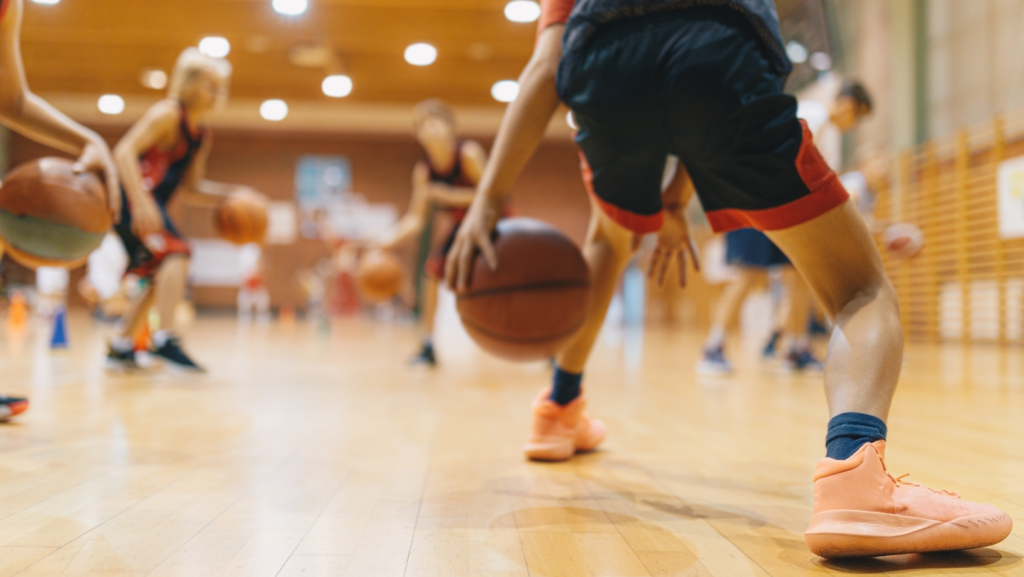
What types of workouts can you take to strengthen your foot and ankle?
- Ankle alphabet: You only need to sit on the floor with your leg outstretched in front of you to perform this workout. Once you have achieved this position, cross one leg over the other. Change the ankle in front of you to create various alphabet letters. When you’re finished with the first ankle, you can do that again for the other.
- Ankle circles: Achieve the previous exercise’s position to do this. However, you will move your ankle in circles rather than the shape of the alphabet. To get the most rewards, rotate your ankle in both clockwise and counterclockwise directions.
- Single-leg balance: You can do this workout to strengthen your lower body and ankles. Elevate any of your legs and balance on one foot to perform this workout. After that, hold this position between 20 and 30 seconds while slightly bending your standing knee. Reduce the wobbling of your ankle while you perform the exercise with your other foot.
- Shin raises: As you stand to perform this exercise, ensure sure your feet are roughly hip-width apart, then repeatedly point your toes upward. Make sure you have ample control when performing this to prevent rolling ankles and toes.
- Calf raises: Just like in the previous exercise, hold the position. But this time, raise your heels instead of your toes and repeat the action.
Conclusion
By taking these precautions, you can lessen the possibility of suffering ankle and foot injuries when playing basketball. Like in most sports, safety ensures that you can take full advantage of basketball.

